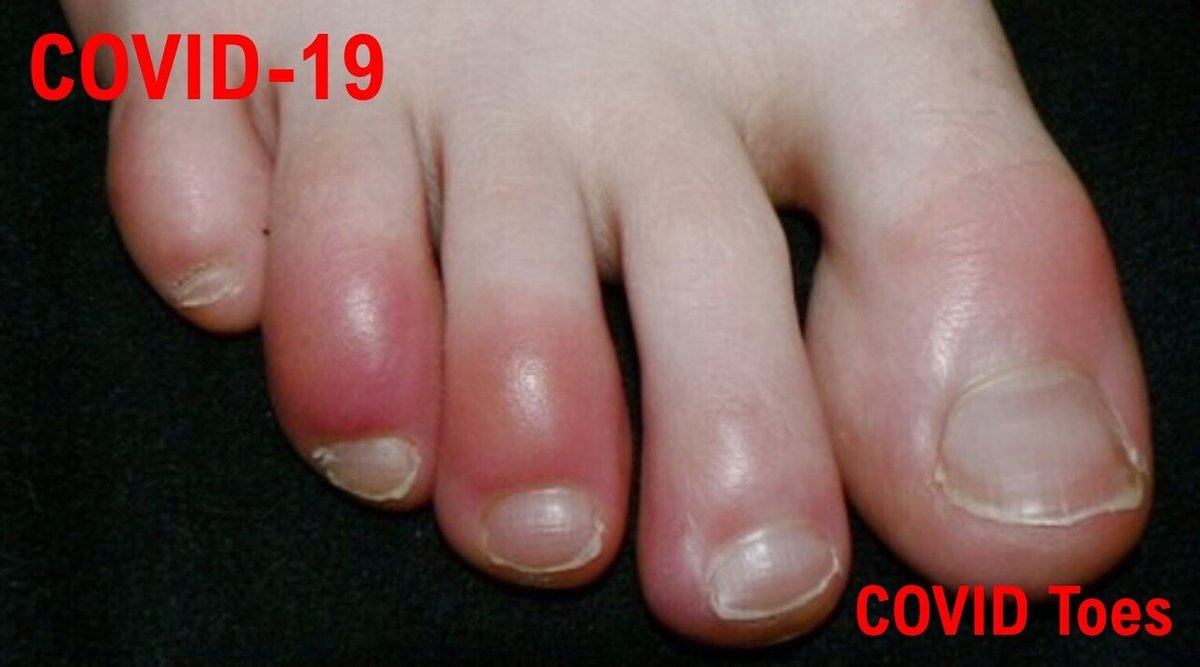In the COVID-19 era, be careful as blood clots are likely to form in winter.

Because the infection of the variant of SARS-CoV-2 is expanding in the UK, etc., the countries around the world are nervous. Compared to the first reported SARS-CoV-2, SARS-CoV-2 variants have 14 mutations and 3 amino acid deletions. Due to these amino acid mutations, the infectivity of SARS-CoV-2 mutants became stronger than that of conventional species. As a result, the number of children infected with SARS-CoV-2, which is considered to be relatively difficult to infect, is increasing.
COVID-19 is not a mere upper airway inflammation and pneumonitis. In clinical practice, myocarditis is also observed in COVID-19. COVID-19 is also drawing attention as a cause of heart failure. In addition, SARS-CoV-2 infected individuals are also found to have Kawasaki disease and aortitis. Vigorous research around the world is proving that the true nature of COVID-19 is vascular endothelial damage. When vascular endothelial damage occurs, interstitial pneumonia occurs in addition to renal failure and liver damage.
For accurate diagnosis and evaluation of COVID-19, PCR test for definitive diagnosis of SARS-CoV-2 infection, CT test for diagnosis of pneumonia, D-dimer measurement for thrombosis diagnosis, heart and peripheral arteriovenous ultrasonography and MRA to see systemic blood vessels and blood flow are required in clinical practice. Also, in winter, the blood vessels tend to close due to the cold weather. As a result, blood flow is blocked and thrombi are likely to form, so caution is required. Even if infected with SARS-CoV-2 It is important to move your body moderately and maintain a stress-free lifestyle so that it does not become serious. As a precautionary measure against COVID-19 in daily life, wearing a mask, washing hands, and adhering to a social distance are essential. New Engl J Med. Published on December 28, 2020 by Kyoto@Takuma H
